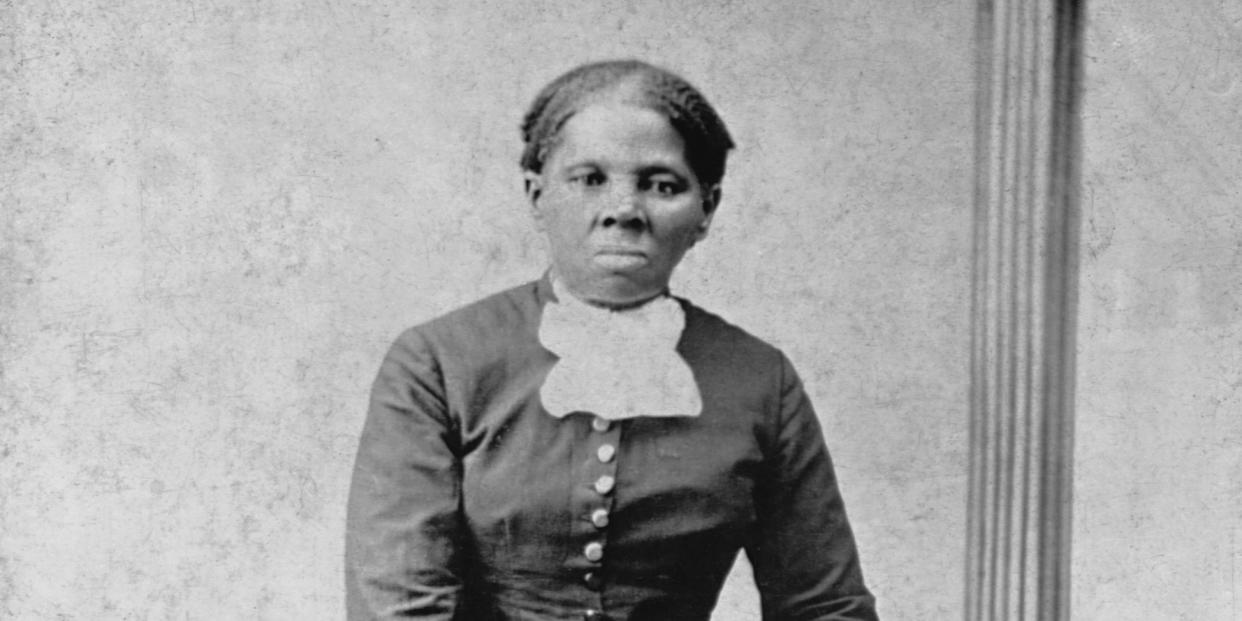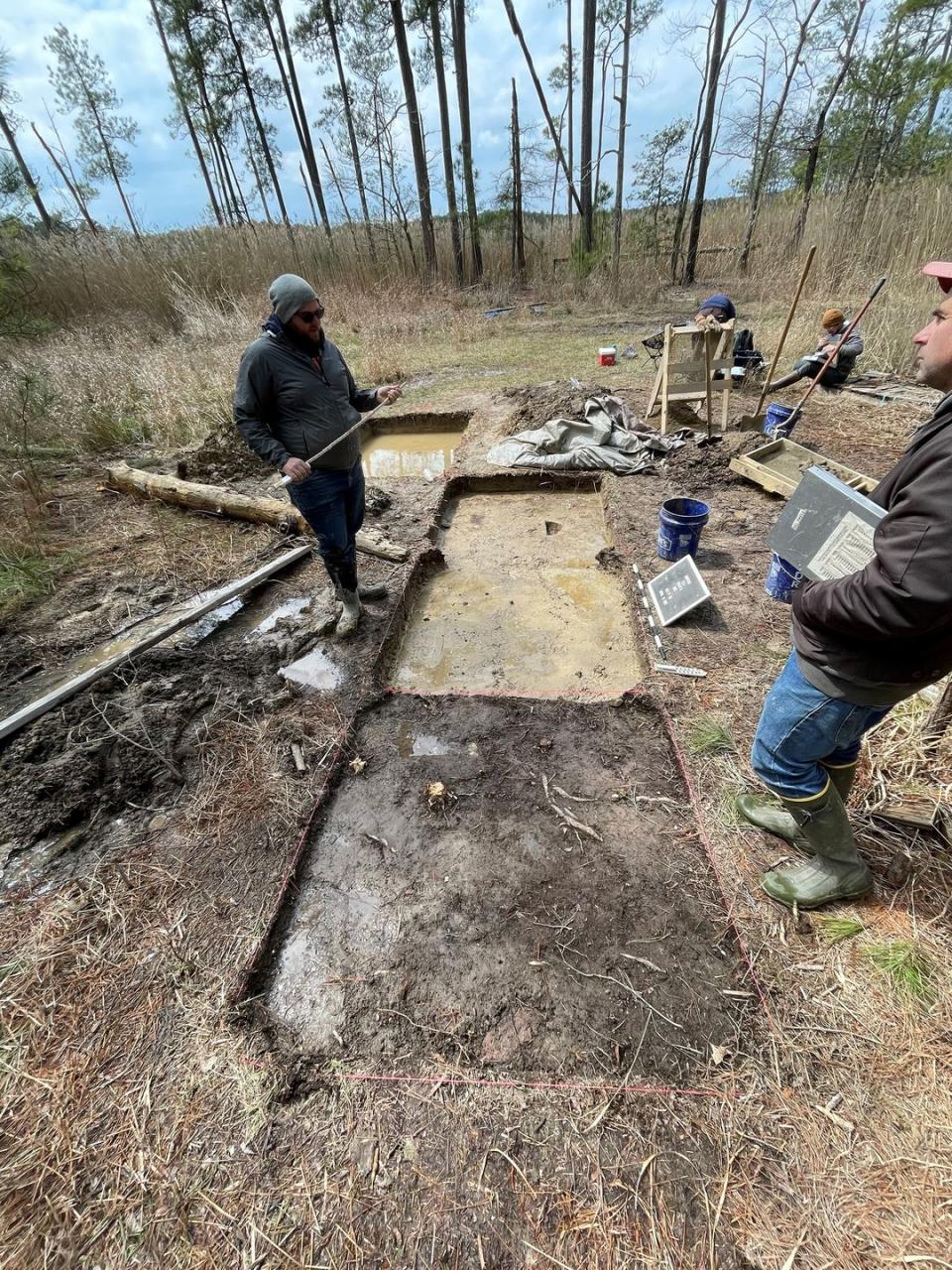Archaeologists Discover the Location of Harriet Tubman’s Childhood Home

- Oops!Something went wrong.Please try again later.
Earlier this week, the Lieutenant Governor of Maryland announced that archaeologists had discovered the location of a house where Harriet Tubman spent part of her childhood. Buried artifacts, including broken pottery, glass, and a button, helped pinpoint the site of the former dwelling on land once owned by Ben Ross, the father of the renowned abolitionist and Underground Railroad conductor.
Tubman, whose maiden name was Aramint Ross (she later took her mother’s first name) was born into slavery in March of 1822. She was forced to work as a nursemaid, fieldhand, and woodcutter. Although she remained enslaved, she married a freed slave named John Tubman. In 1949, when she learned she might be sold, she escaped alone to Philadelphia and freedom.

The following year, Tubman disguised herself and returned to Maryland and helped her sister and two others escape. Over the next ten years she returned a dozen times, freeing some 70 people. A group of slave owners offered a $40,000 reward for her capture or murder.
The discovery of her childhood home is an important addition to the continuing scholarship of the life of one America’s bravest and most daring citizens. Dr. Julie Schablitsky, the lead archaeologist on the dig, said in statement, “She would’ve spent time here as a child, but also she would’ve come back and been living here with her father in her teenage years, working alongside him, This was the opportunity she had to learn about how to navigate and survive in the wetlands and the woods. We believe this experience was able to benefit her when she began to move people to freedom.”

During the Civil War, Tubman served in the Union Army as a nurse, scout, and spy. After the war, she applied for, and was denied, a pension for her service. In the 1890s, Congress passed a bill awarding her $20 a month. She settled in Auburn, New York, and opened her home to orphans and others in need, founding what would eventually become the Harriet Tubman Home for Indigent Aged Negroes.
The newly discovered site will become a stop on the Harriet Tubman Byway, a 125-mile trail that includes more than 30 sites related to Tubman’s life and achievements.

Tubman died in 1913. In 2016, President Obama announced that her face would appear on newly minted $20 bills. That effort was delayed, but on his first day in office, President Biden’s press secretary announced the initiative would resume. “It’s important that our money reflects the history and diversity of our country,” she said.
You Might Also Like

